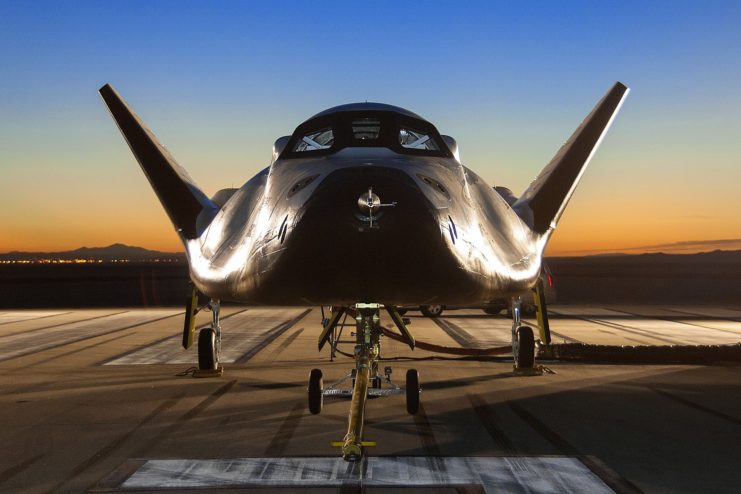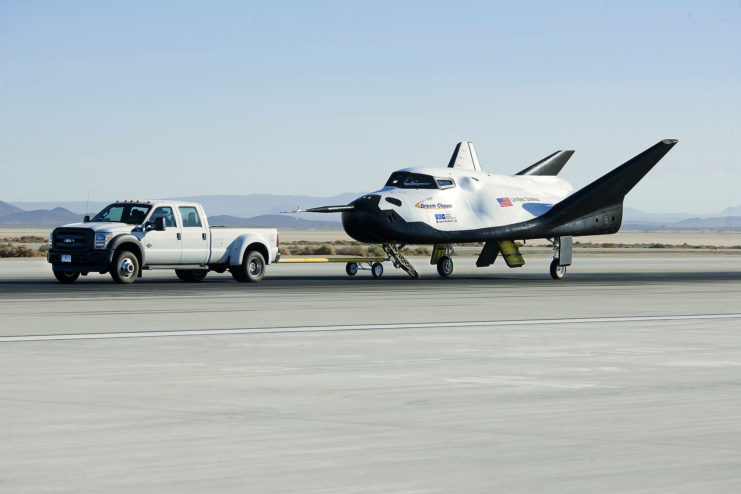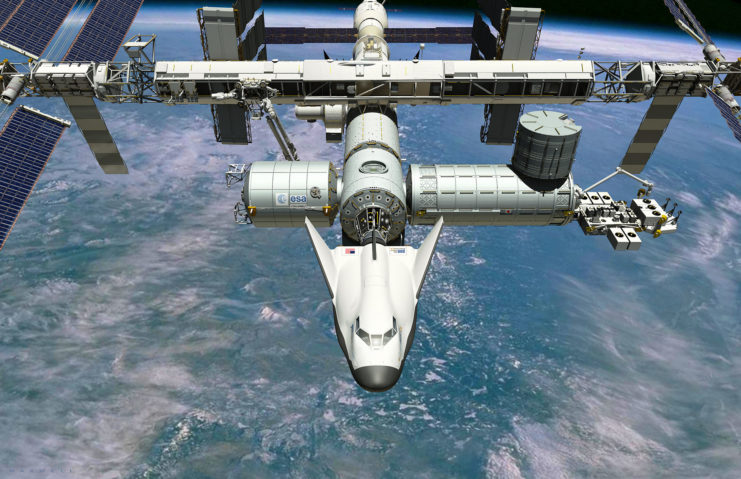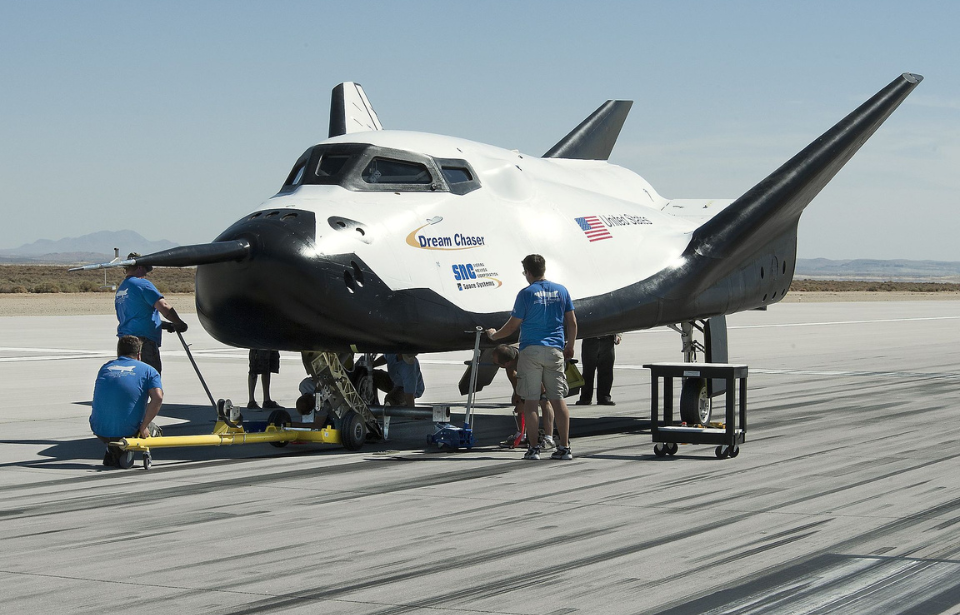The US military may soon be in possession of a new spacecraft capable of transporting troops to space and low Earth orbit within just three hours, following the signing of a research and development contract between the US Transportation Command (USTRANSCOM) and Sierra Space, the company behind the Dream Chaser spaceplane.

The deal, which was announced on September 8, 2022, allows for Sierra Space and USTRANSCOM to develop and investigate industry capabilities for immediately employment. Using the Dream Chaser spaceplane, the aim is to move troops and supplies anywhere in the world in just a fraction of the time it would take traditional transportation.
Speaking about the contract, Sierra Space CEO Tom Vice said, “Today’s agreement with the United States Transportation Command gives Sierra Space the unique opportunity to provide hypersonic point-to-point solutions to our government customers.
“Through Dream Chaser, the world’s first commercial spaceplane, the Shooting Star cargo module and other projects, we are focused on providing unique ultra-high-speed, heavy payload solutions to the Department of Defense for logistics and personnel movement requirements. We plan to leverage these technologies anywhere on the globe within three hours.”
Sierra Space has been developing the Dream Chaser for a number of years, basing its design on NASA‘s HL-20 Personnel Launch System spaceplane concept. After being acquired by Orbitec LLC in 2014, the company announced it would be veering away from its hybrid rocket engine design to a cluster of Orbitec’s Vortex engines, which use nitrous oxide and propane as propellants. The first drop test for the spaceplane occurred in 2017, with the official launch anticipated to happen in 2023.
According to the company, the 30-foot Dream Chaser is “the ultimate space vehicle.” The first-ever winged commercial spaceplane, it has room for seven crew members and can accommodate over 12,000 pounds of equipment. When paired with the Shooting Star cargo module, it can transport an additional 10,000 pounds of supplies.
“Designed for high reusability, this vehicle reduces overall cost, providing quick turnarounds between missions,” Sierra Space writes on its official website. “The ability to liftoff on top of multiple launch vehicles and land at a wide variety of runways makes Dream Chaser a flexible option for reliable transportation.”
Once operational, NASA plans to have the spaceplane complete at least seven cargo service missions to the International Space Station (ISS). With the addition of a robotic arm, it will also be able to boost satellites higher into orbit and draw them in for maintenance and repairs.

Through use with the military, the aim is to support both combat missions and non-combat activities, including medical missions and humanitarian relief. Since the Dream Chaser’s development, both the US Air Force and USTRANSCOM have shown interest in the spacecraft, to supplement typical air, surface and land transportation methods.
According to an Air Force statement released in October 2020, the primary constraints that need to be addressed are volume, weight and restrictions when it comes to launch operations and recovery. However, if these issues can be overcome, the hope is a spaceplane will join the military’s fleet.
The statement reads, “As industry advances to overcome these challenges as well as increase its pace of launches to decrease costs, a space transportation capability to put a crucial cargo quickly on target at considerable distances makes it an attractive alternative.”
Lt. Col. Nirav Lad, principal investigator for Space Transportation Cooperative Research and Development Agreements, USTRANSCOM’s Strategic Plans, Policy, and Logistics Directorate, added that “the potential of space transportation to deliver Defense Department cargo anywhere in the world in an hour provides an additional option to complement USTRANSCOM’s strategic sealift and airlift capabilities.”

More from us: Macchi C.202 Folgore: The Italian Aircraft That Impressed the Allies
The US military has signed a number of agreements in 2022 to address its point-to-point transportation needs. This includes a $102 million contract with SpaceX for rocket deliveries of cargo and humanitarian equipment and another with Rocket Lab for use of its Electron booster.
